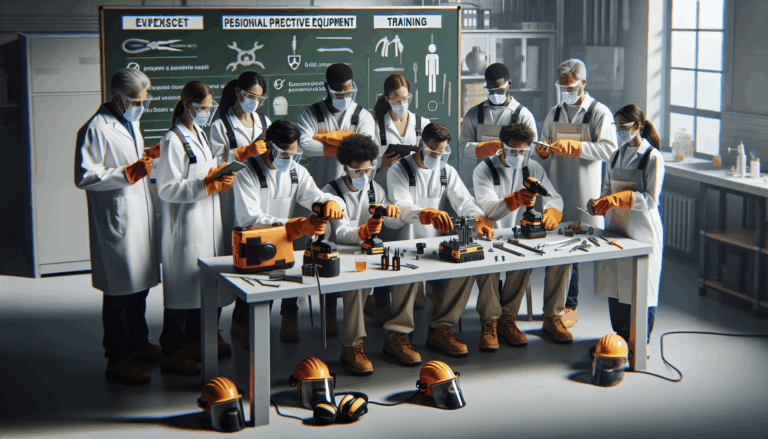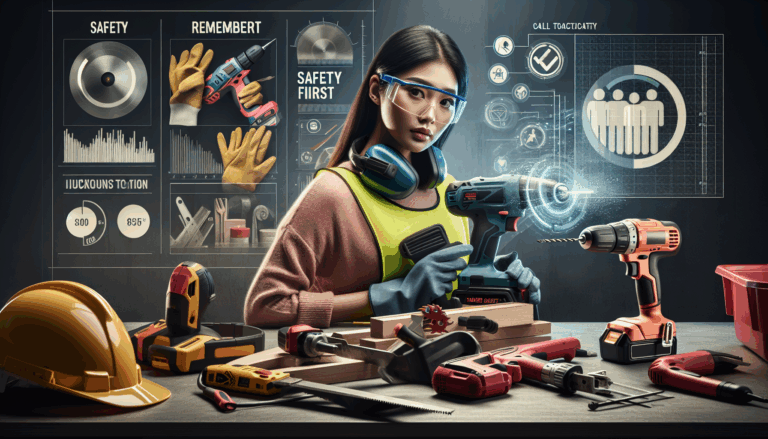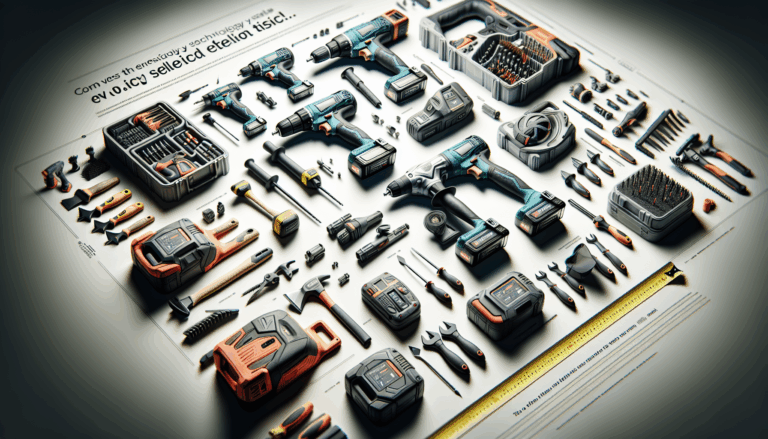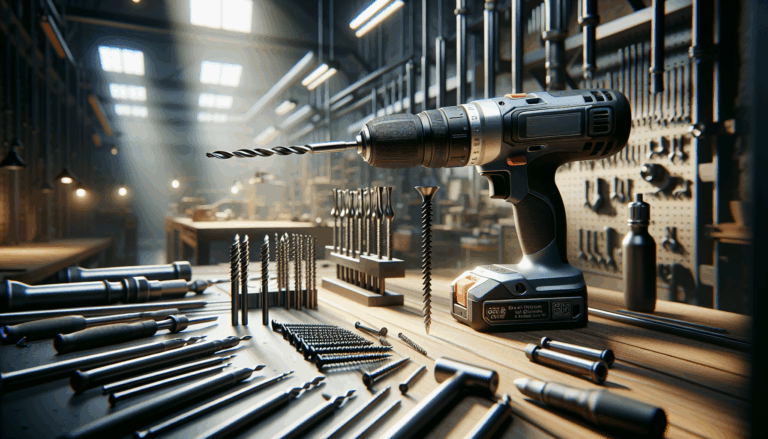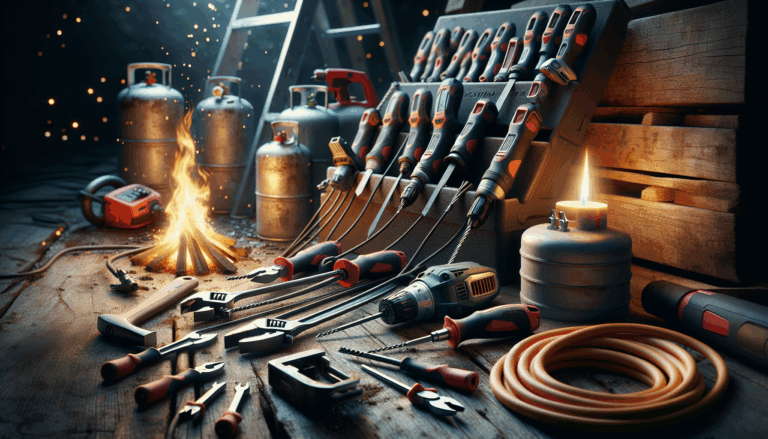How can I ensure safety when using power tools around children?
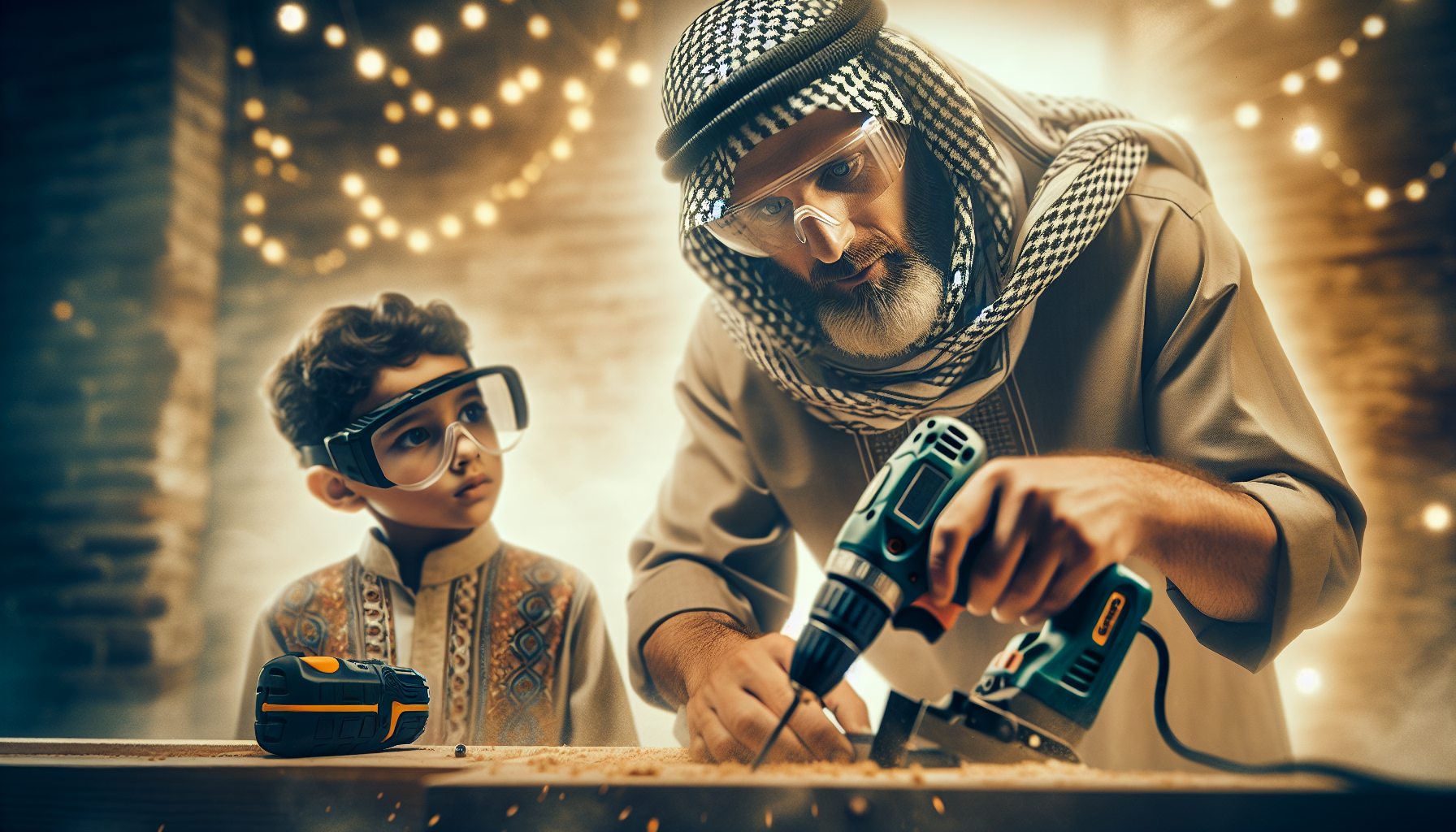
Power Tool Safety at Home: A Parent’s Essential Guide to Keeping Kids Safe
Meta Description: Learn how to create a child-safe environment while using power tools at home. Discover practical safety tips, storage solutions, and supervision strategies for parents, based on expert recommendations.
Power Tools and Parenthood: A Safety-First Mindset
Power tools are powerful allies in home improvement, but in a household with children, they can quickly become serious hazards. Curious little hands and high-powered equipment don’t mix well—making it essential for parents and caregivers to prioritize safety.
In this complete guide, you’ll discover practical ways to protect your children while working on DIY projects. From secure storage to childproof zones and emergency readiness, these tips will help you confidently pursue your projects while keeping your family safe.
1. Secure Storage: Keep Tools Out of Reach
One of the simplest yet most effective ways to prevent accidents is secure storage. Power tools should never be left out in the open, even for a minute.
Best Practices:
-
🔒 Use lockable toolboxes or cabinets to store all power tools and accessories.
-
🧰 Keep storage elevated—ideally five feet or higher—to prevent small children from accessing tools.
-
🔌 Unplug and remove batteries when not in use to eliminate any chance of accidental activation.
Expert Insight: According to the American Academy of Pediatrics, locked and elevated storage is the most effective first line of defense against child-related tool injuries.
2. Childproofing the Work Area
Treat your workspace like a temporary “no-kid zone.” Even a short distraction can lead to a serious incident.
How to Childproof Your Workshop:
-
🧱 Install temporary barriers or baby gates around your working area.
-
🧼 Keep the floor clean and free of cords, nails, or small parts that children might pick up.
-
🚫 Use brightly colored tape or warning signs to clearly mark off restricted zones.
Tip: Place visual reminders around the space to reinforce boundaries—even if your kids aren’t reading yet.
3. Supervise Like a Pro
Most power tool accidents happen during split-second lapses in supervision. Prevention begins with being fully present and alert.
Parental Supervision Tips:
-
✋ Follow the “touch rule”: don’t let go of a power tool unless it’s unplugged or properly secured.
-
👀 Keep children within your line of sight at all times while tools are in use.
-
📅 Schedule work sessions during nap time, school hours, or when another adult can help supervise.
Important: Even older children need guidance and should never be left unsupervised near active tools.
4. Teach Age-Appropriate Tool Safety
Children are more likely to follow safety rules when they understand why those rules exist. Tailor your message to their age group:
By Age Group:
-
👶 Ages 2–5: Use clear phrases like “Only adults can touch these” or “Tools are not toys.”
-
🧒 Ages 6–12: Explain the risks in simple terms, such as what could happen if safety rules aren’t followed.
-
👦 Teens (13+): With close supervision, responsible teens can start learning basic tool use and workshop safety.
Pro Tip: Use hands-on activities, like helping to organize tools (under supervision), to reinforce the importance of safety.
5. Always Wear Proper Protective Gear
Modeling good habits goes a long way. Kids notice everything—and when you wear your gear, they understand it’s non-negotiable.
Essential PPE (Personal Protective Equipment):
-
👓 Safety glasses rated by ANSI to protect your eyes from flying debris.
-
🎧 Hearing protection like earplugs or earmuffs when using noisy tools.
-
👞 Closed-toe or steel-toe shoes to shield against falling tools or wood.
Bonus Tip: Keep spare gear on hand for your kids—so they feel involved while staying safe (without using the tools).
6. Minimize Distractions During Power Tool Use
Distractions are one of the leading causes of preventable injuries with power tools.
Distraction-Reduction Checklist:
-
📵 Silence or turn off mobile devices before starting.
-
🎶 Keep background noise low enough to hear what’s happening around you.
-
🕰 Let your family know when you’ll be operating tools, so interruptions are minimal.
Insight: According to NIOSH, distraction-related incidents account for nearly 1 in 5 workplace injuries—don’t let your home become one of those statistics.
7. Maintain and Inspect Tools Regularly
Malfunctioning tools are unpredictable—and dangerous.
Maintenance Tips:
-
🧽 Clean tools after each use to remove sawdust, grease, or debris.
-
🔍 Conduct weekly checks for frayed wires, dull blades, or cracked housings.
-
🛠 Follow manufacturer guidelines for professional servicing and blade replacements.
Why It Matters: A well-maintained tool is not just efficient—it’s safer for everyone in the home.
8. Be Prepared for Emergencies
Even with perfect planning, accidents can still occur. Preparation saves lives.
Must-Have Emergency Supplies:
-
🩹 A fully stocked first aid kit in or near your workspace.
-
☎️ Emergency numbers posted nearby (e.g., Poison Control: 1-800-222-1222).
-
🔥 A fire extinguisher rated for Class C (electrical) fires.
Bonus Tip: Run through mock emergency scenarios with older children so they know how to respond quickly and calmly.
9. Involving Older Kids the Right Way
For teens who are interested in learning, early exposure under strict guidance is the key to safe skill-building.
Safe Learning Steps:
-
👷♂️ Start with manual hand tools to teach control and safety basics.
-
🔩 Introduce cordless drills or small sanders once they’ve proven responsibility.
-
📝 Use family safety agreements to clarify expectations and consequences.
Educational Tip: Let them help with measuring or sanding non-critical areas before moving on to more advanced tasks.
10. Build a Family Culture of Safety
Safety should be a shared family value, not just your concern.
How to Create a Safety Culture at Home:
-
📆 Hold monthly safety check-ins with the family.
-
🏆 Recognize children who follow rules without reminders.
-
🛍 Take the kids to hardware stores or workshops where safety is part of the learning experience.
Final Thought: Empower your kids by teaching them that safety is a team effort, not a punishment.
Conclusion: Smart Parenting Meets Smart DIY
Power tools can help you create beautiful, functional things—but when kids are around, safety is non-negotiable. By combining secure storage, active supervision, and age-appropriate education, you can protect your children while continuing to enjoy your DIY passion.
Start by building good habits. With preparation, awareness, and the right setup, your home can be both productive and child-safe.
Sources
- Consumer Product Safety Commission – Power Tool Injury Statistics
- American Academy of Pediatrics – Childproofing Guidelines
- National Safety Council – Workspace Safety Recommendations
- Occupational Safety and Health Administration – Power Tool Safety Standards
- National Association for the Education of Young Children – Child Safety Education
- National Institute for Occupational Safety and Health – Distraction and Injury Research
- Home Safety Council – Family Safety Practice


